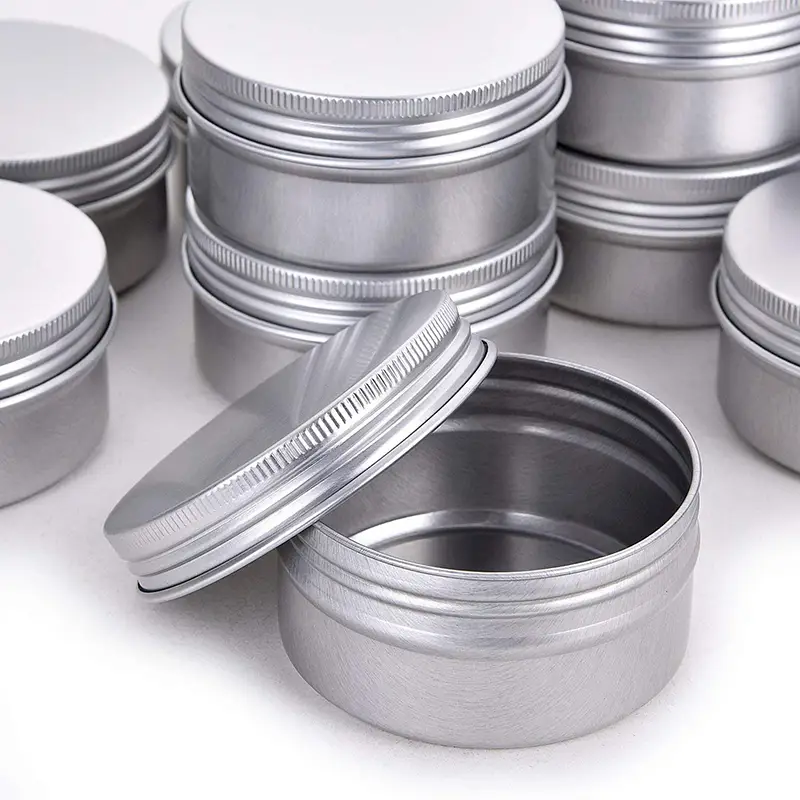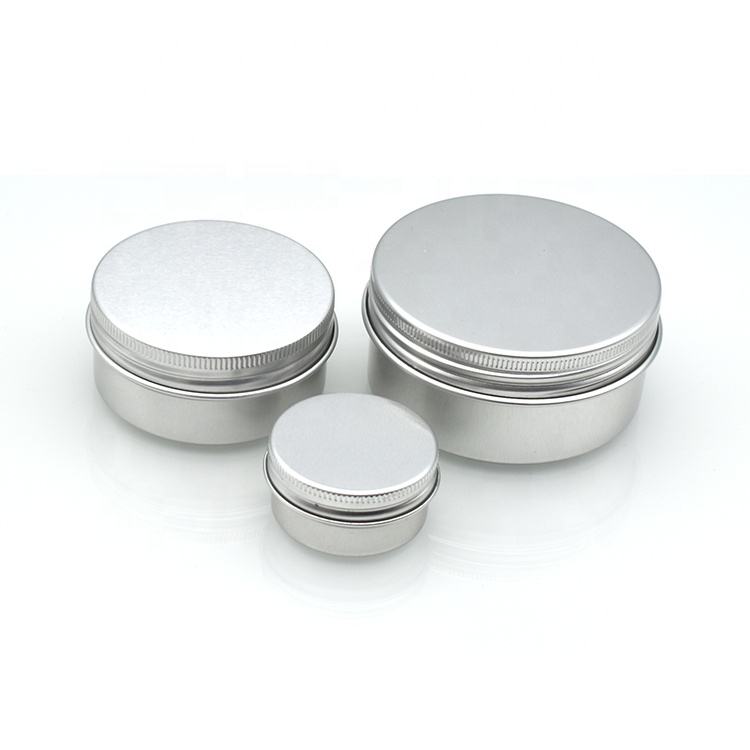Aluminium transfers heat 2.4 times faster than iron. This property, combined with the fact that very thin sheets can be produced, means that heat is lost and gained through aluminium very quickly. Hence it is ideal for cooking and as a cold drink bottle.
Aluminium’s high thermal conductivity can help minimise the time and energy taken to process, chill and reheat foodstuffs and to chill drinks in cans and pouches. Aluminium foil dishes stand up well to all temperature variations encountered in the processing and use of packaging – from well below blast-freezing to the extreme heat of baking and grilling – without distorting, cracking, melting, charring or burning.
Foil also dissipates heat quickly – ideal for sterilizing (autoclaving) and heat-sealing processes. It can help minimise sealing times and evens out the temperature gradient, both within containers and flexible packaging, helping to protect product quality and energy economy.
Food in aluminium foil dishes can be cooked, re-heated or heated by convection, microwave or fan oven or in ‘bain-marie’ systems.
Deep drawn foil containers have created a growing demand for prepared meal components such as meat joints and fish dishes; saving time in the kitchen without compromising quality. Small meat and poultry cuts are presented in ready-to-cook trays, hermetically sealed and protected with an inert gas to reduce oxidation and to extend shelf life. The consumer need not touch the raw meat or fish and the dish acts as an effective, heat-conductive, cooking vessel with possible secondary uses.
As with all aluminium containers, the empty used trays can be readily separated, compacted and passed directly into the recycling system.

